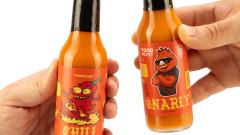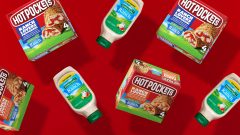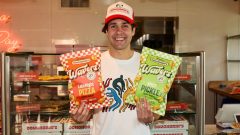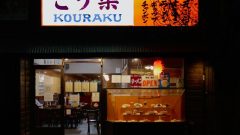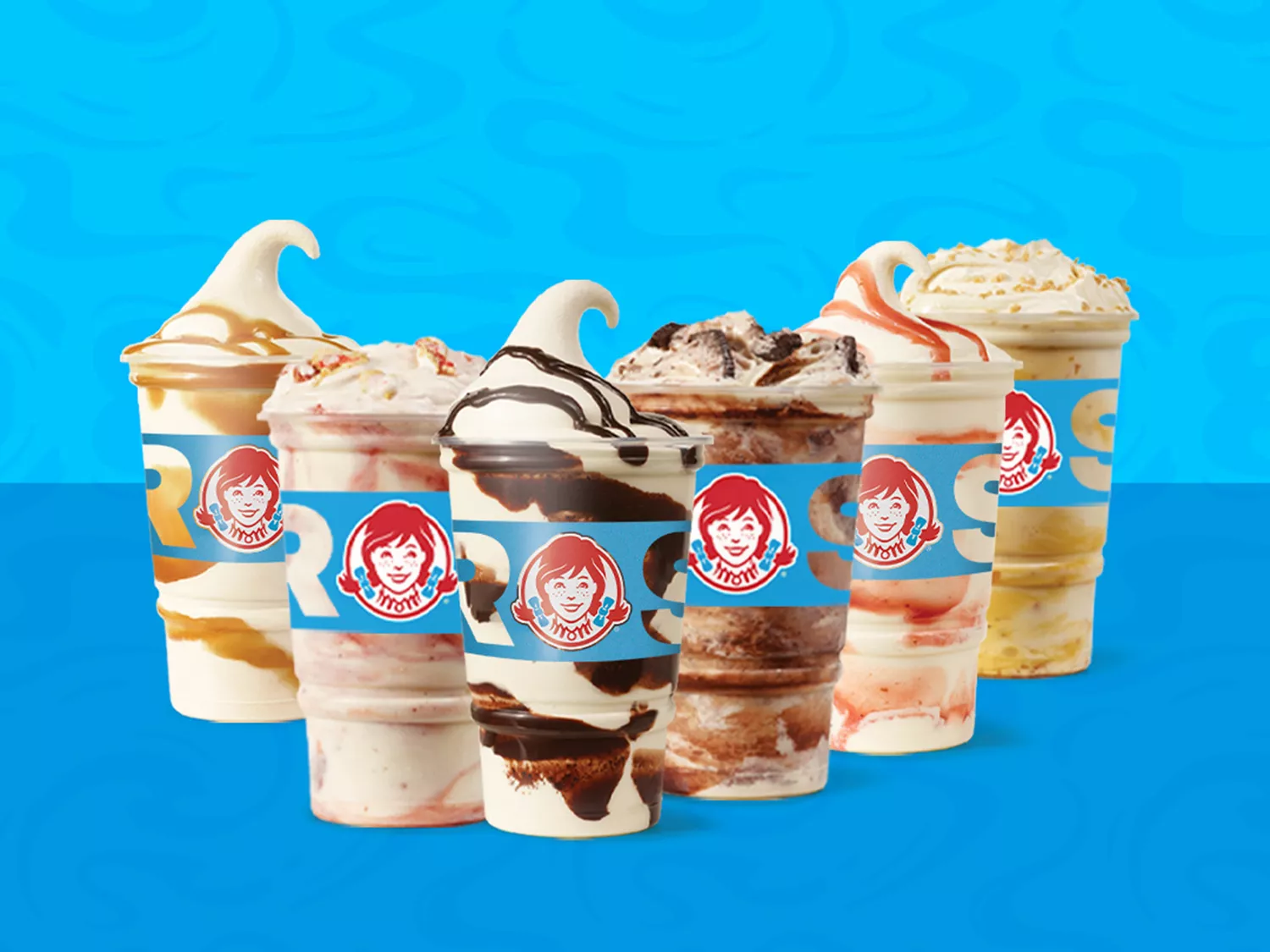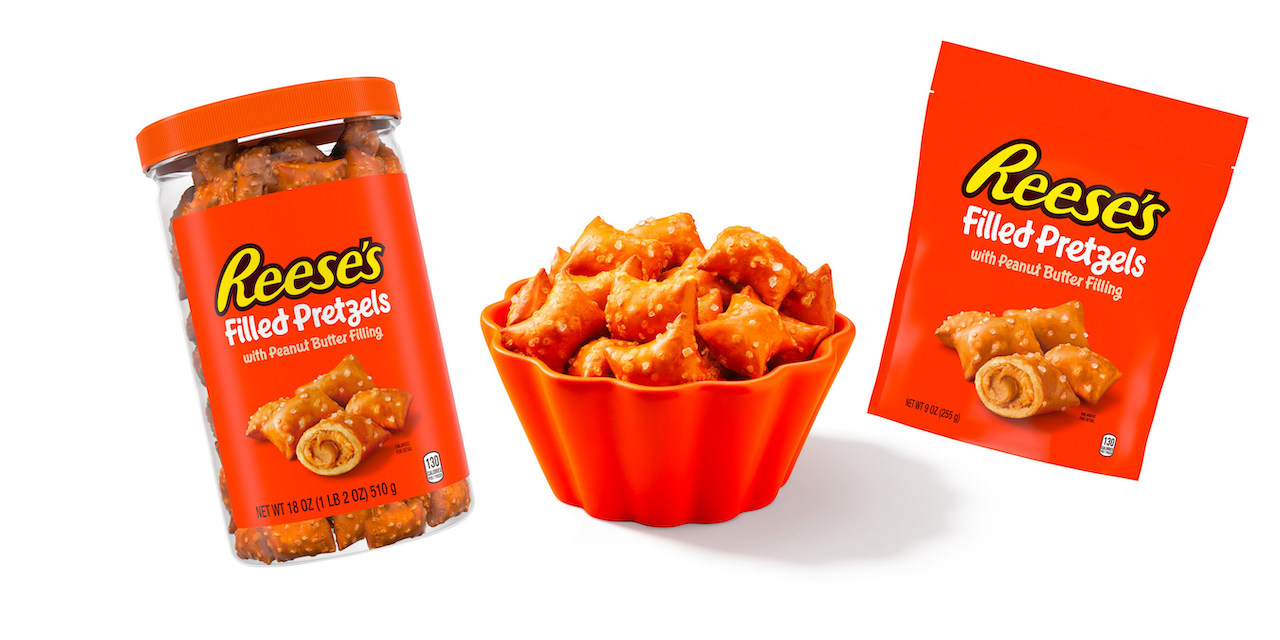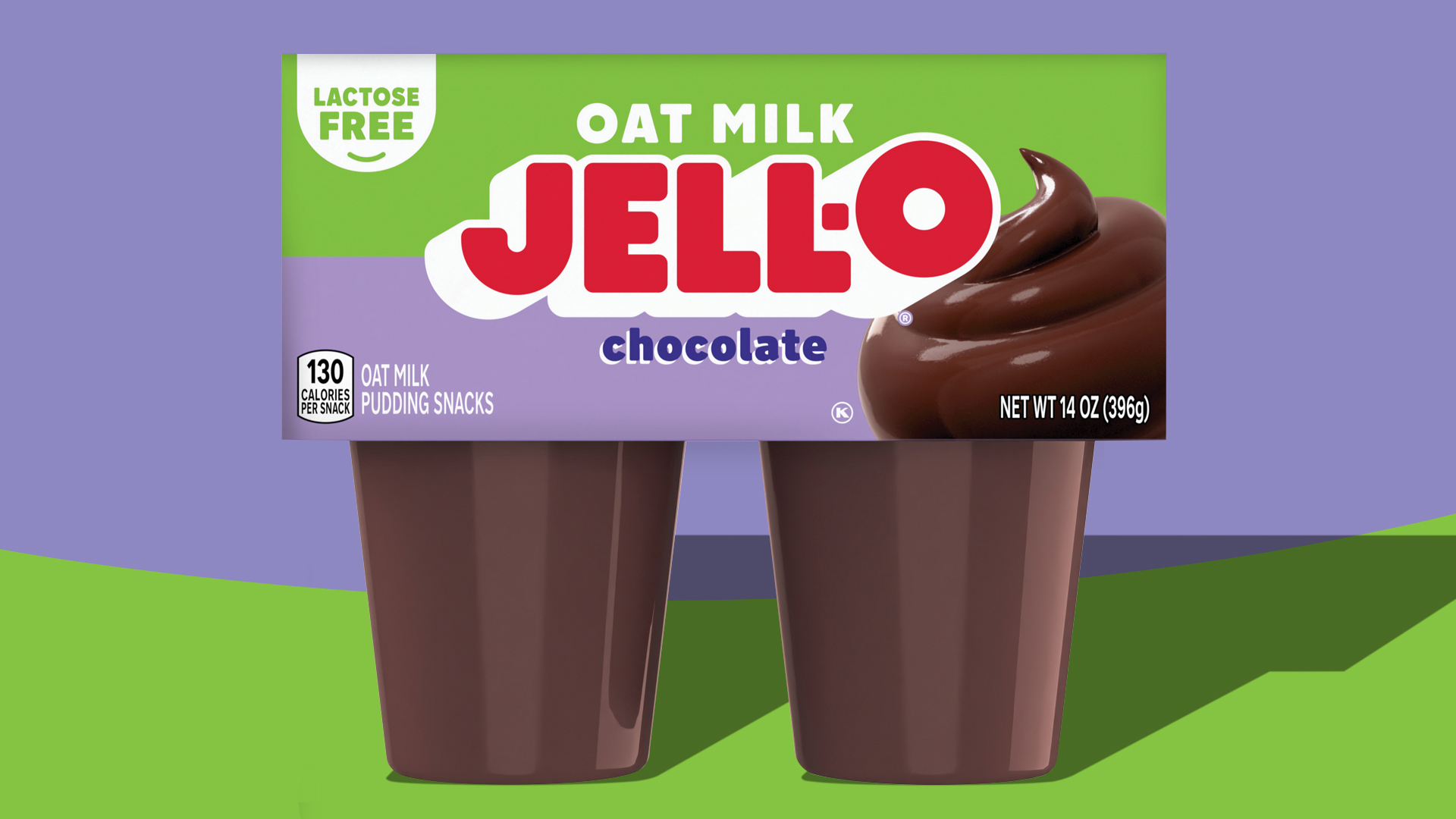How the Food Truck Bubble BURST So Food Halls Could Thrive
Food stands. The perfect amalgam of food trucks and restaurants. An Instagramer’s paradise.
It began, unofficially, with places like Chelsea Market, Gotham West and Grand Central Market. The public markets originally housed a handful of food stands where vendors could interact with customers and sell their food in a much more casual location than a restaurant. There, one could place an order, pick a seat and enjoy the community.
Pretty much like a gourmet food court.
Then, the food truck boom arrived in Southern California. Thanks to Korean-American chef Roy Choi, founder of Kogi, hopeful entrepreneurs with innovative menu ideas began to buy trucks and sell their food. Eventually, the market became over-saturated with trucks and people stopped chasing after them.
The trucks did, however, establish a foundation for something new to pop up. Modernized food stands, combining the innovation of trucks with the community of public markets, were born.

The Anaheim Packing House.
Places like the Anaheim Packing District and Union Market in SoCal have gained immense popularity over the past year. With foodies and millennials piling in by droves to trade their money for a copious variety of tasty foods, business has been booming for food halls.
David Ly, co-owner of Afters Ice Cream (Milky Bun), Iron Press, The Blind Rabbit and Rolling Boil, leases three spots in the Anaheim Packing House.
Most of the concepts at The Packing House are catered towards a grab-and-go clientele. We were able to design and build out space that would allow for customers to nab something quick or sit down for a full-service experience. There is a big sense of community there.
Essentially, it’s an enjoyable experience bringing together visitors and lunch-break commuters in one place.
Having so many options there continues to bring new heads through and it promotes re-visits. All of the spots have their own unique personality, which breeds a cohesive and organic impression on everyone that comes through.

Double Double at 4th Street Market’s Wagyu Chuck.
Recently, Santa Ana, CA, welcomed a new addition to the world of gourmet food halls. With construction of the 4th Street Market completed, a slew of food stands opened their doors, so to speak, to the hungry customers of downtown Santa Ana.
Jason Quinn, owner of Playground (a full-service restaurant located across the street), runs a few of the stands at 4th Street.
These include Wagyu Chuck, Noodle Tramp and PFC. Quinn had a few words to say about the success and growing trend of food stands. The restaurateur, who once worked on a food truck, feels that eating in places like 4th Street Market and the Packing House is a much more enjoyable experience than chasing after a food truck. Patrons can come in, sit down in a clean, air-conditioned space and just enjoy the atmosphere while eating good food.
The success of food stands, however, does need to be attributed to the popularity of food trucks. Quinn says:
It’s essential that we went through food trucks to get here. The next generation of restaurants were defined by those two years of food truck popularity. Now it’s over.
Quinn believes it’s a different time now, and running a food stand is more profitable and less time-consuming than using a food truck.
Assuming you need to make $3,500 a day to be profitable, food trucks can fit $3,500 worth of food. You have to be able to find people where you can sell out of your product, you have to deal with the fact that you’re going to sell out of your product and people are going to be pissed off.
In a truck you’re limited by your space, he says.

The now-retired Grill Em All truck.
There was a time when eyes would light up at the mention of the Grill ‘Em All Truck passing through. Now that Matt Chernus, owner of Grill ‘Em All, has established a brick-and-mortar location in Alhambra, CA, it’s a easier for fans to get their hands on some of the truck’s monstrous burgers.
Chernus once considered the idea of opening a food stand, but ended up going all-in with a restaurant instead:
I think we would have thought about investing in a food stand a few years ago, before we opened up a shop in Alhambra. Now we have a vision and a goal in mind, and kind of just follow the model of our first restaurant. I am sure a stand is a great way to transition from a truck to a more stationary business model, but we already did it the hard way and we are continuing down that road.
Chernus feels that the food truck scene hit its peak in 2012 and it was getting harder for them to book spots to sell food. That negative became a positive with the restaurant, however, as now people know where to find them and when they’re open for business.

Santa Anita Race Track 2012.
In regard to the future of food trucks, we spoke to restaurateur Daniel Shemtob, owner of the Lime Truck and TLT Food. He won The Great Food Truck Race a few years ago. Since, he’s found success in running brick-and-mortar restaurants along with his food truck.
The one thing that I think will make food trucks stick around forever is that for catering and big events, it makes a lot of sense. Typically when I show up to large events, the trucks pull up and they just start selling the food. There’s a lot of money in that. So people will be coming out with food trucks, but obviously less than before.
It’s not to say that food trucks are slowly dying off. In fact, Shemtob had a different prediction:
I still see food trucks being there in the future. Don’t think they’ll be more of a decline, if anything they’ll stay where they are or see a bit of an incline. I don’t think it’s going to be like the boom times that they’ve had. I don’t think it’ll ever be like that.
While Shemtob thinks food trucks are still a great thing and they’ll still be around for years to come, it won’t be like before.
Finally, he adds:
I think food stands are going to be popular because you know they’re there and they’re easier to get to. The anomaly of going out and trying to find a food truck, that’s the hard part. That part isn’t so popular anymore, and because of that you have to think of other ways for customers to find you.
It looks like food stands are the next big trend, at least for now. Like food trucks, there are advantages and disadvantages, whether it’s location, limited storage space or convenience.
However, only time will tell how long this current trend will last. Who knows, maybe the next big food scene will be gourmet delivery drones.













